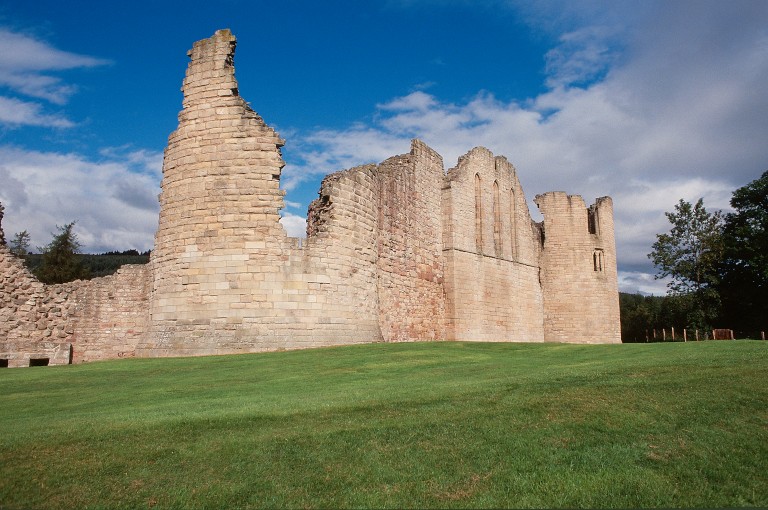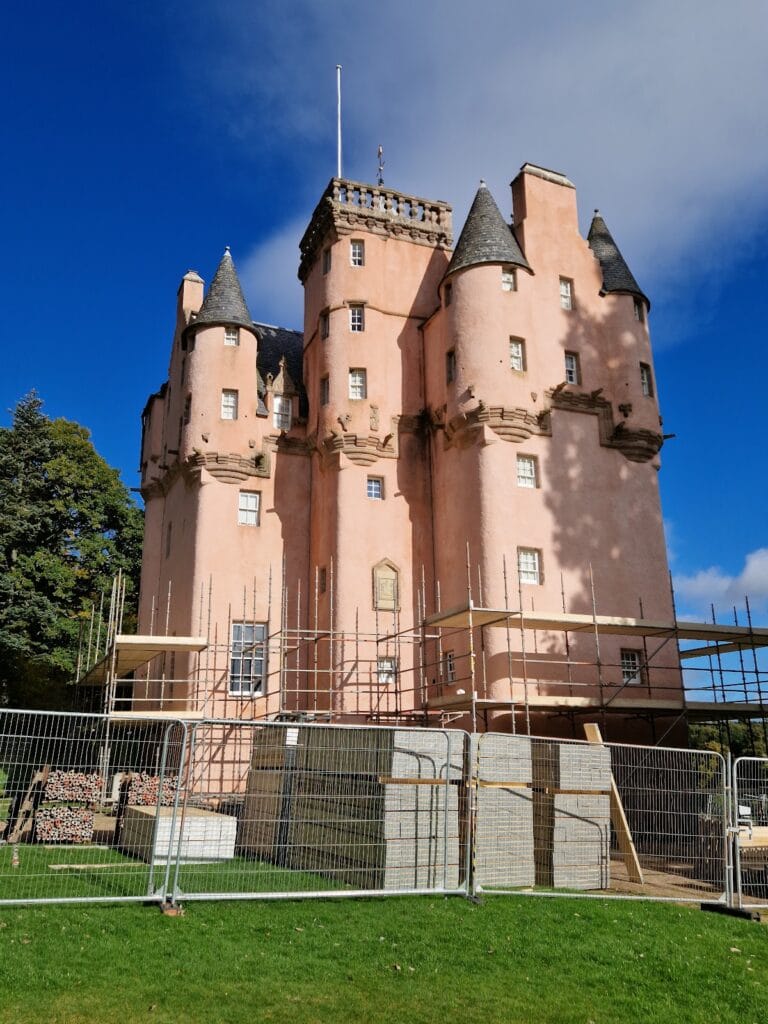Glenbuchat Castle: A Historic Scottish Tower House
Visitor Information
Google Rating: 3.9
Popularity: Very Low
Google Maps: View on Google Maps
Official Website: www.historicenvironment.scot
Country: United Kingdom
Civilization: Unclassified
Remains: Military
History
Glenbuchat Castle is situated in the area of Strathdon, within modern-day Scotland. It was established by the Scottish civilization in the late 16th century as a fortified residence.
The castle’s construction was completed in 1590 by Sir John Gordon of Cairnbarrow to mark his marriage to Helen Carnegie. Their names and family motto, “Nothing on earth remains but fame,” are carved on a stone above the main entrance, commemorating this founding event. Throughout the 16th and 17th centuries, Glenbuchat Castle served as a home for two branches of the powerful Gordon family who were influential in the northeast region of Scotland.
In the early 18th century, Glenbuchat continued to hold importance within the Gordon lineage. In 1701, ownership shifted to John Gordon of Knockespock. During 1715, the castle notably hosted John Erskine, 23rd Earl of Mar, a prominent Jacobite leader, amidst the first Jacobite uprising, indicating the castle’s connection to the Jacobite cause. However, by 1738, Glenbuchat ceased to be used as a residence.
The involvement of its owners in the Jacobite rebellion led to the forfeiture of the castle in 1745. Following this, the building fell into disrepair. Around 1840, the roof of the castle was deliberately removed, accelerating the structure’s deterioration. In the early 20th century, specifically in 1901, James William Barclay acquired Glenbuchat and initiated efforts to restore it.
Eventually, in 1946, the castle was transferred to government care. Historic Scotland (now Historic Environment Scotland) took responsibility for the site’s upkeep from 1948 onward. Despite these efforts, the castle was closed to the public in the mid-20th century due to safety concerns, with only limited external viewing possible. Plans were made to reopen it around 2017.
Remains
Glenbuchat Castle is an example of a late 16th-century Scottish tower house built in the Z-plan style, which features a rectangular main block with two round towers positioned diagonally at opposite corners. This design provided defensive advantages by allowing flanking fire on attackers approaching the single entrance positioned in the angle where the main block meets one of the towers.
Constructed from traditional masonry, the castle’s ground floor contains vaulted rooms originally used for kitchens and storage. Above this level, the first floor includes a large central hall intended for gatherings and living space. The towers contain private chambers on their second floors, accessible via two spiral staircases beginning at the first-floor level. These staircases are notable for their external supporting arches, which may reflect French architectural influence, possibly linked to Helen Carnegie’s father’s role as an ambassador in France.
In the early 18th century, changes were made to the castle’s interior to improve lighting and usability. The grand hall was divided into two smaller rooms with lowered ceilings, and a substantial four-part window was installed, marking a departure from the original layout.
Today, Glenbuchat Castle stands roofless, and the upper parts have suffered significant masonry decay that restricts access. Despite this, important architectural features characteristic of 16th-century fortified Scottish houses are still visible. Above the entrance, the commemorative stone bearing the names of John Gordon and Helen Carnegie along with their family motto remains in place, serving as a testament to its founding. The current condition reflects both the castle’s long history and the staged efforts at conservation over the past century.










